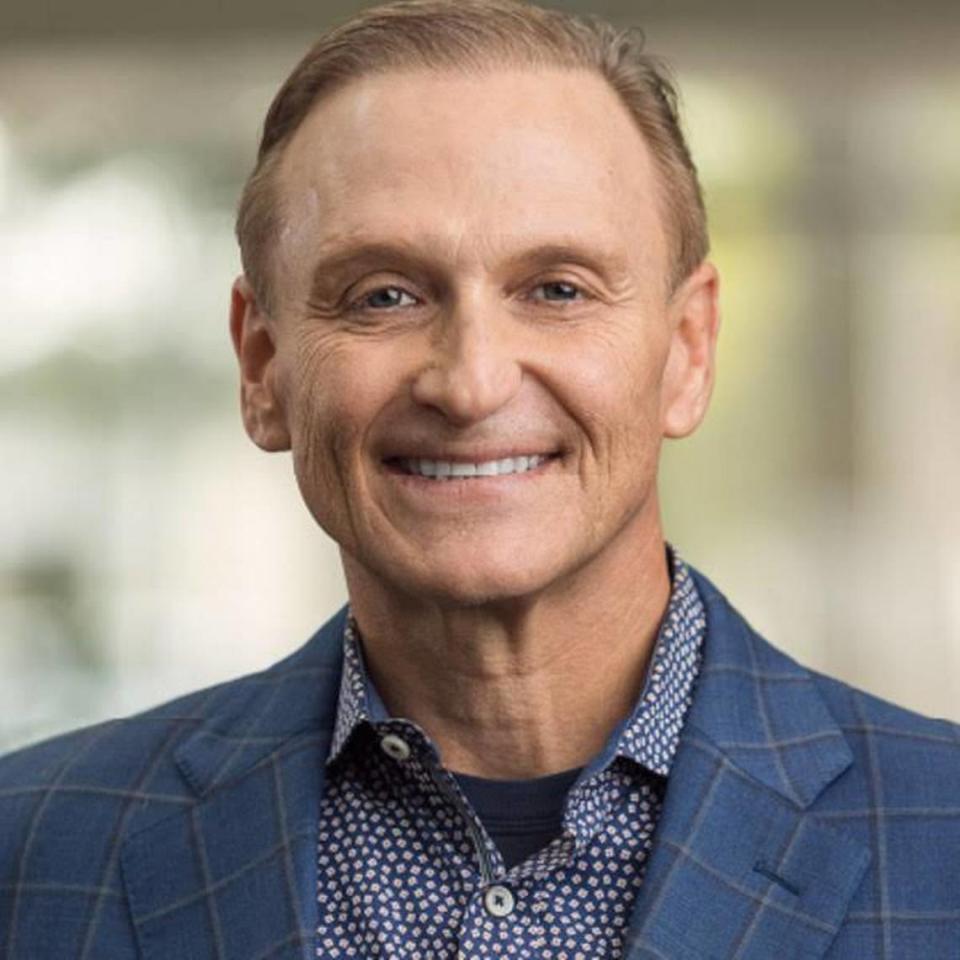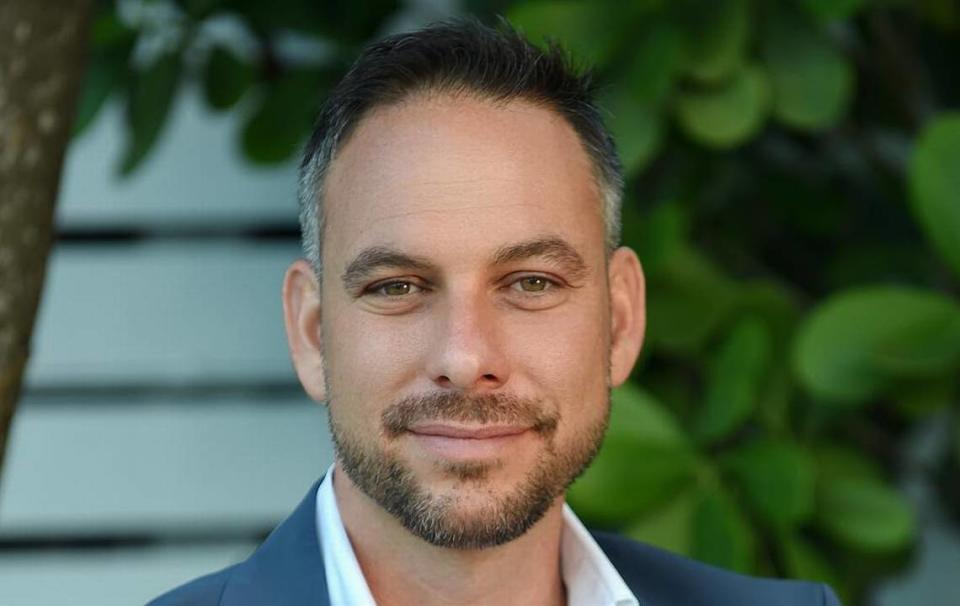Florida needs a green infrastructure plan. Our Wildlife Corridor provides the blueprint | Opinion
Almost 1,000 people move to Florida every day for its beautiful scenery, affordable cost of living and great business opportunities. To keep the way of life that inspired us to call Florida home in the first place, we must balance growth with both people and nature in mind.
Florida is at the forefront of the battle against climate change and sea-level rise. As the most hurricane-prone state in the country, when natural disasters like Hurricane Ian hit our shores, the impacts are widely felt, harming local economies, displacing residents across the state and disturbing critical wildlife habitats.
Our greatest challenge also is our greatest opportunity: The state can’t have a robust economy without a robust ecology. The Sunshine State needs a more sustainable long-term solution, and we’d be wise to follow the path of Florida’s iconic panther. Better still, we already hold a map that shows us the way.
Spanning the entire state, the Florida Wildlife Corridor provides habitat for 2,000 species, 60 of which are threatened or endangered. The fact it exists today is, in part, because of an experience one of us had with a panther in his own back yard. Locking eyes with the large male cat as it swatted playfully at a butterfly inspired Arnie Bellini to help conserve Florida’s wild side.
But the value of the Corridor — providing crucial links for wildlife movement from the Panhandle to the Keys — goes far beyond its natural habitats, lush landscapes and wild spaces: It’s also a local, regional and statewide economic engine.
According to a recent study, this 18-million-acre parcel — a little under half the entire land area in the state — supports at least 114,000 jobs and provides at least $30 billion in annual value through recreation, tourism, agriculture, ranching, forestry and other industries. The Florida Wildlife Corridor Act, passed unanimously by the state Legislature with bipartisan support and signed into law just over a year ago, illustrates what’s possible when groups with varying, and sometimes conflicting, views — environmentalists, ranchers, business leaders and politicians — find there is much they can agree on.
If we hope to experience continued economic growth in the future, Florida needs to adopt a comprehensive green infrastructure plan that develops this balance between fostering business and fostering biodiversity on a larger scale and protects one of the most financially at-risk places in the world.
Ian’s deadly and destructive path only reinforces the importance of making our state more resilient to tropical storms. Natural landscapes like the Corridor — filled with coastal marshes, reefs, swamps, forests and sand dunes — help mitigate the destruction left behind, particularly through storm surge, the most dangerous aspect of such storms.
Fortunately, Florida has all the tools it needs to take on this daunting ecological and economic challenge. In fact, we’re already ahead of the curve. Long a magnet for innovative tech companies and the sharpest minds, the Sunshine State has all the capital and intellectual resources it needs to bridge the gap that can separate entrepreneurial and environmental interests.
Without action, and at the current pace, one third of the state will be developed by 2070. Meanwhile, about 8 million acres of the Florida Wildlife Corridor are unprotected. Barring intervention, 900,000 of those acres could be lost to development by the end of the decade. By 2050, that number skyrockets to 4 million acres — 2 1/2 times the size of the Everglades. Once these vital wild spaces are gone, they are gone forever — and we’re running out of time to save them. That’s why we need to start working together now.
This is not a partisan issue or one that can be solved by slow or incremental action. Florida’s residents are in charge, and as business owners and entrepreneurs who care deeply about the state’s environment and economy, it’s our responsibility to lead the way. Climate and conservation solutions can feed economic growth and provide a hefty return on investment. The Florida Wildlife Corridor is our pristine proof point.
But we need to make smarter decisions that consider how our actions impact the natural resources that protect us from hurricanes’ worst effects and are also essential to our way of life.
What we save and what we pave during the next decade will determine Florida’s future — and it can become a model the entire country emulates to meet the greatest challenge of our time.
Arnie Bellini is a Tampa-based tech entrepreneur, philanthropist, and founder of Live Wildly Foundation, a nonprofit organization raising awareness for wildlife corridor protection. Tony Cho is the Miami-based CEO and founder of Future of Cities, a real estate investment platform and venture ecosystem creating more resilient and equitable communities.



